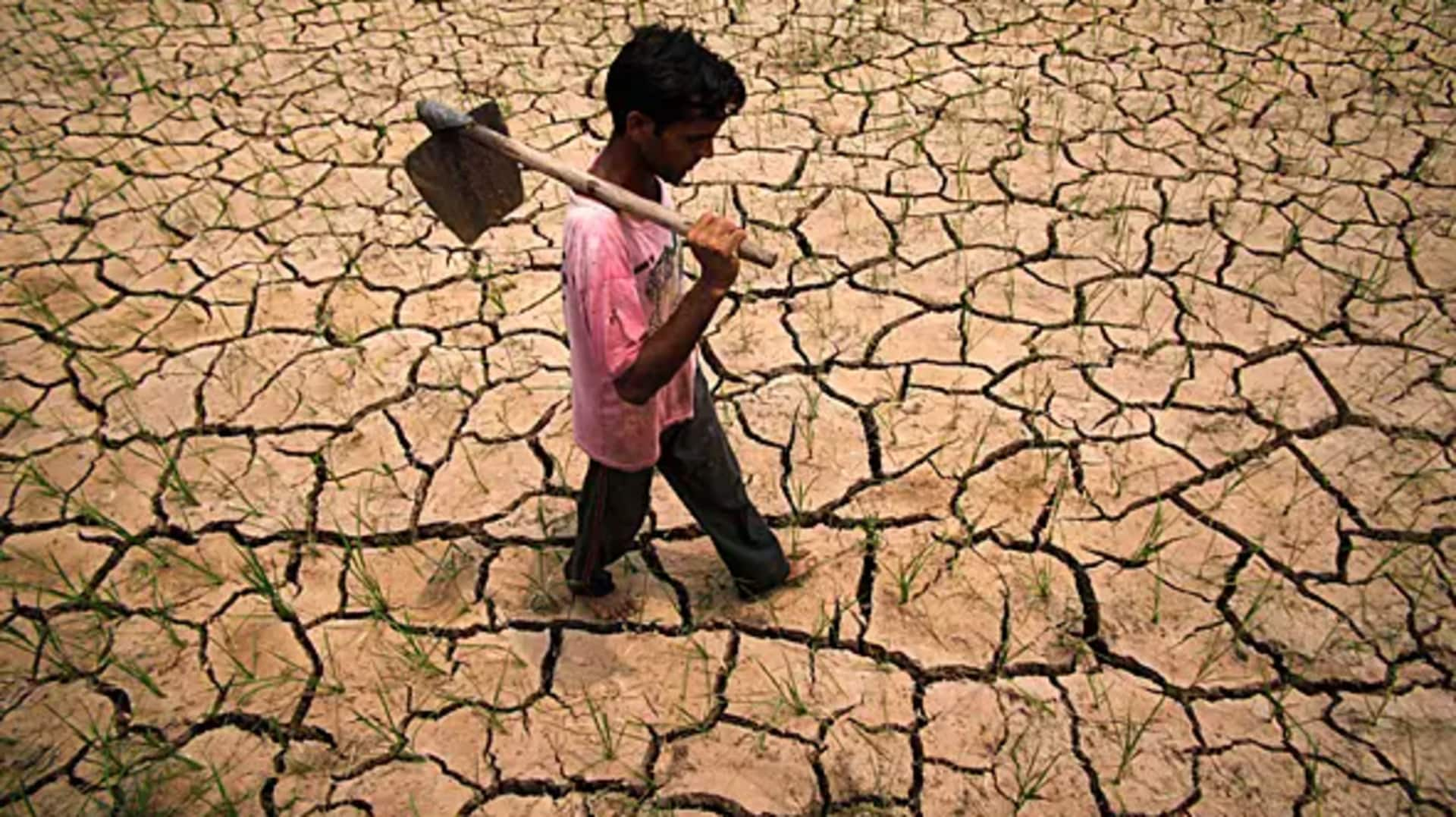
Why smart farmers are banking on this drought insurance policy
What's the story
Droughts pose a major challenge to farmers in India, where agriculture is a key source of livelihood.
Drought insurance policies serve as a crucial tool to manage these risks, offering financial security during tough times.
This article explores the world of drought insurance in India, providing valuable tips for farmers to safeguard their crops and income.
Eligibility
Identifying eligible crops and areas
Not all crops or regions may be covered under drought insurance policies.
Typically, insurance companies specify eligible crops and designated regions that are at risk of drought conditions.
It's crucial for farmers to verify this information before buying a policy.
This guarantees that their specific crop and area are covered under the terms of the insurance policy.
Premiums
Understanding premium costs
Premium costs for drought insurance depend on factors such as the type of crop you are growing, the area where you are cultivating it, and the history of drought in that region.
And, the government subsidizes the premiums, which means small and marginal farmers can afford them.
By understanding how premiums are calculated, farmers can budget accordingly and choose a policy that offers adequate protection without straining their finances.
Claims
Claim process simplified
If drought hits, farmers should immediately inform their insurance company about the crop damage.
The claim process usually involves providing photographs of the damaged crops and a formal report from agricultural officers.
Understanding this procedure guarantees that claims are lodged promptly, resulting in the quick receipt of compensation.
This is key for farmers aiming for prompt financial recovery from drought impacts.
Benefits
Maximizing policy benefits
To fully utilize drought insurance, farmers need to understand their policy's coverage.
Some policies cover crop loss, replanting, and additional irrigation expenses.
By actively seeking advice from agricultural services or experienced farmers, one can select the most suitable coverage.
Understanding the policy ensures farmers can use it to its full potential for financial protection during droughts.